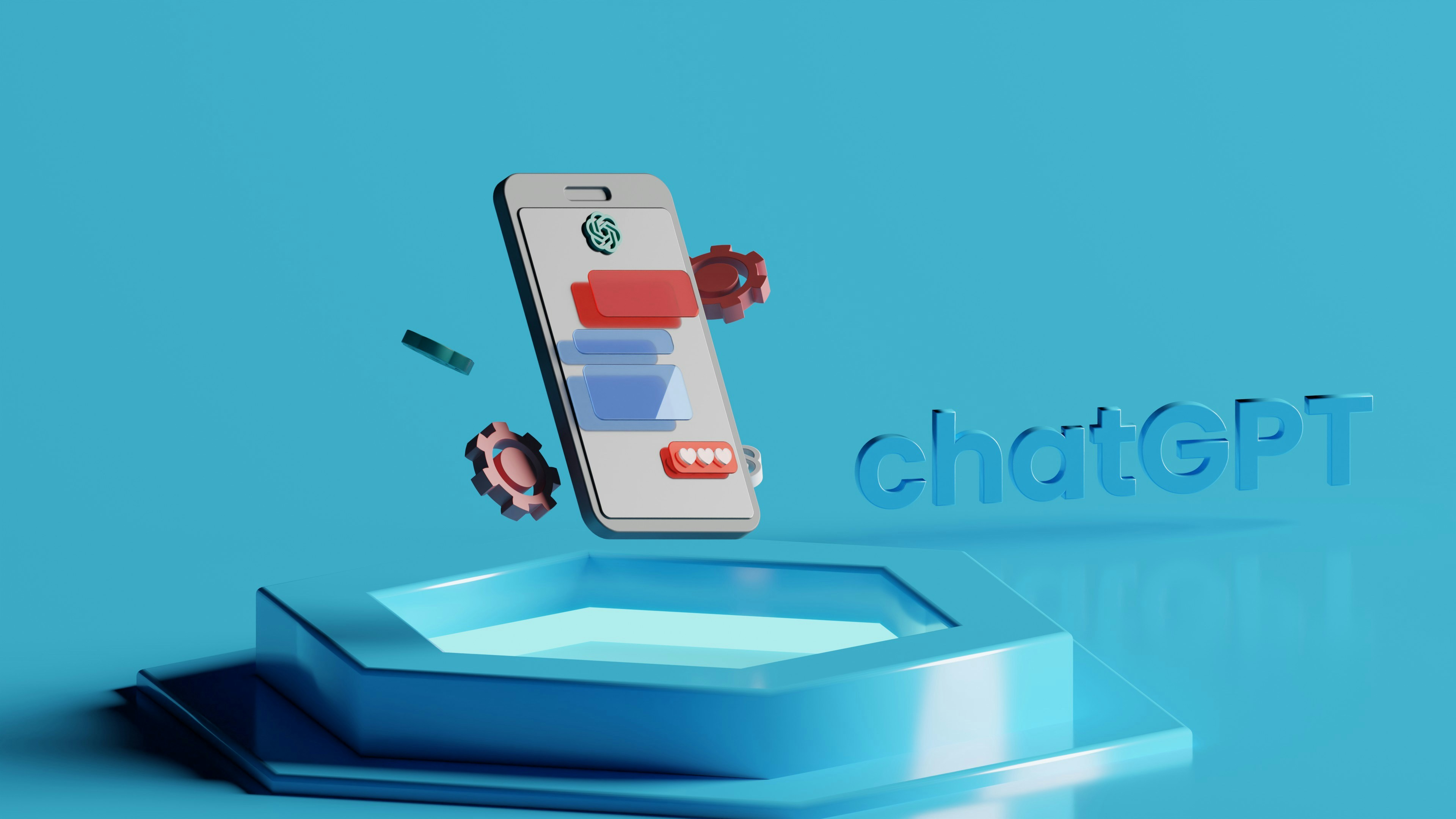
Introduction to AI Therapy Chatbots
The emergence of AI therapy chatbots marks a significant advancement in the mental health landscape. These digital tools are designed to provide therapeutic conversations, emotional support, and coping strategies to individuals seeking assistance with their mental well-being. Given the growing demand for mental health resources and the challenges posed by limited access to traditional therapy, AI therapy chatbots have gained traction as alternative support systems. They are particularly appealing to those who may be reluctant to seek help from human therapists due to stigma or accessibility issues.
AI therapy chatbots operate using natural language processing (NLP) and machine learning algorithms, enabling them to engage users in dialogue that mimics human-like interactions. By analyzing user inputs, these chatbots can assess emotional states, provide evidence-based coping strategies, and guide individuals through various mental health exercises. The functionalities of AI therapy chatbots are continually evolving, as advancements in artificial intelligence increase their ability to understand context and provide personalized responses.
The notable advantage of AI therapy chatbots is their 24/7 availability, allowing users to access support at any time. This can be especially beneficial for individuals experiencing crises or those who operate on unconventional schedules. Additionally, the anonymity afforded by chatbots can encourage users to express their thoughts and feelings more openly. As a result, AI therapy chatbots have become increasingly popular among diverse demographics, including teenagers, working professionals, and those in remote locations with limited access to mental health services.
Despite their appeal, the rise of AI therapy chatbots raises important considerations regarding effectiveness and potential risks. As society increasingly turns to these technology-driven solutions for mental health support, a comprehensive understanding of their functionalities and inherent limitations is essential. Only by evaluating the niche they fill can we effectively address the potential risks associated with their reliance in therapy.
Key Findings from the Study
The recent study examining the reliance on AI therapy chatbots has yielded several significant findings that raise critical concerns regarding their usage. One of the primary issues highlighted by researchers is the inadequacy of emotional understanding exhibited by these automated interventions. Unlike human therapists, AI chatbots lack the nuanced ability to comprehend and respond to emotional cues effectively. This limitation can lead to misinterpretations of user emotions, resulting in irrelevant or inappropriate responses that may exacerbate a user’s distress rather than alleviating it.
Another serious concern raised in the study pertains to the potential for misinformation. AI chatbots are programmed to generate responses based on algorithms and pre-existing data sets, which may not always reflect the latest psychological insights or clinical practices. As a result, users may receive outdated advice or misguided coping strategies, which could be detrimental to their mental health. The risk of misinformation is particularly prominent in mental health scenarios where accurate information is paramount for user well-being.
The study also emphasizes the lack of human empathy in AI chatbots. The therapeutic process often relies on the establishment of a trusting, human connection that fosters openness and vulnerability. However, AI chatbots are incapable of providing the genuine understanding and support that come with human interactions. This shortfall may alienate users who seek not just responses but also emotional validation.
Moreover, the research indicates particular demographics that may be more vulnerable to the risks associated with AI therapy chatbots. Individuals experiencing high levels of anxiety, depression, or those lacking access to traditional mental health resources may turn to AI chatbots as a substitute for human therapy. This reliance can be precarious, especially in situations where users misestimate the chatbot’s capabilities and efficacy. The findings clearly underline the necessity for caution and awareness when engaging with AI-driven mental health solutions.
Comparative Analysis: AI Therapy Chatbots vs. Human Therapists
The advancement of technology has led to the development of AI therapy chatbots, which present an alternative to traditional human therapists for mental health support. While both options offer distinct advantages, they also come with inherent limitations that should be critically examined. One key area of comparison is accessibility. AI therapy chatbots can operate around the clock, providing immediate assistance to individuals who may not have the luxury of traditional counseling hours. This round-the-clock availability is particularly beneficial for those living in remote areas or for individuals who are hesitant to seek help face-to-face due to stigma or anxiety.
Cost is another significant factor that differentiates AI chatbots from human therapists. Many chatbot services are free or available at a lower cost than in-person therapy sessions, making mental health support more accessible to people who are financially constrained. However, while affordability is an appealing aspect of AI chatbots, the depth and quality of engagement may not match that of a professional therapist, who can offer nuanced understanding and empathy built through years of training and experience.
Furthermore, the human connection in therapy is an essential element that AI chatbots lack. The therapeutic relationship fosters trust and safety, enabling individuals to explore deeper emotional issues. Human therapists are able to read non-verbal cues and engage in active listening, offering a level of emotional support that AI technology cannot replicate. However, AI chatbots can serve as valuable tools in certain situations. They can be effective for providing initial support, crisis intervention, or as a supplement to ongoing therapy, allowing users to engage in self-reflection between sessions.
Ultimately, while AI therapy chatbots present innovative solutions in the realm of mental health care, they should ideally be viewed as complementary to, rather than a replacement for, the critical role of human therapists in delivering comprehensive mental health support.
Conclusion and Recommendations for Users
As we have explored throughout this study, the reliance on AI therapy chatbots presents a range of risks that must be acknowledged. While these technological tools can offer support and convenience, they are not a substitute for professional mental health care. Users must be informed about the limitations of AI therapy chatbots, particularly concerning the complexities of human emotions and the necessity for nuanced understanding that often plays a crucial role in therapeutic environments.
It is essential for individuals considering the use of AI therapy chatbots to approach their mental health care holistically. This means integrating these tools as part of a broader support system which includes qualified mental health professionals. Users should remain cautious, ensuring they do not rely solely on chatbots for serious psychological issues. Engaging with a licensed therapist or counselor remains the most effective route for tackling significant mental health challenges.
Furthermore, there is a pressing need for ongoing dialogue about ethical standards and practices governing the development of AI in mental health. Stakeholders, including developers, practitioners, and users, should work collaboratively to establish guidelines that ensure AI therapy chatbots are utilized in ways that prioritize the well-being of users. Educating users on how to recognize when AI interactions lack the depth required for effective mental care is vital. Awareness of the benefits and drawbacks of these technologies will empower users to make informed decisions regarding their mental health.
In conclusion, while AI therapy chatbots can serve a purpose within the mental health landscape, it is crucial for users to remain vigilant and informed, employing these resources thoughtfully and within the context of comprehensive care strategies. Ongoing advancements in technology should always be approached with an understanding of both their potential benefits and inherent risks.
